The Venn diagram of ideal attributes for electric vehicles seems especially perfect for electric motorcycles. And yet, e-motos struggle to sell year after year, even as tech steadily improves.
Blame the Harley and sportbike riders in America, who love thumping engines on heavy cruisers or absurdly powerful lightweight screamers — neither of which fits well into the vision of a silent, efficient, electric commuter.
But for urban riders who either commute on a motorcycle or love a fun weekend getaway, I truly believe e-moto is the way to go — if, that is, more companies sold better options. But after riding around Los Angeles on a newcomer from British bikemaker Maeving, the RM2 now sits right about at the top of my list thanks to a solid combo of style, performance, tech, and affordability.
In short: Maeving’s new two-seater delivers electrified British style. Every detail on this e-motorcycle seems well thought out to keep the bike lightweight and nimble, easy to ride, and just peppy enough for regular life. Just don’t expect to get blown away by big electric torque. Instead, the RM2 absolutely nails the recipe for a perfect commuter and errand runner.
-
Lightweight and nimble -
Quintessential British café racer style -
Just big enough to ride two-up
-
Real-world top speed barely works for freeways -
Stock tires limit lean angle and grip -
No regenerative braking
2026 Maeving RM2 Review
I probably passed the Maeving store in Los Angeles a dozen times without realizing that a new electric motorcycle company had moved into my neighborhood. The British brand came about when Graeme Gilbert, former Triumph head of product, decided to try his hand at new tech. Maeving clearly plays off that heritage, but with a modern electric twist.
The company’s first bike, the RM1, launched in the summer of 2022 in the U.K. The original established an easily identifiable design language and demonstrated engineering priorities.
The batteries ride in a low-slung, square case below what would typically be called the “gas tank.” The tank now serves as storage, while each battery pack below weighs about 25 pounds and can slide out easily for charging separately from the bike.
Maeving still sells the RM1 in the U.K., Germany, and France. Which surprises me because the successor RM1S steps up such a huge notch. The RM1S uses the same chassis but with a new 11kW motor and new dual 2.7kWh batteries. Clearly, customers wanted more power and more range.

And now, the RM2 has arrived with a new chassis optimized for two-up riding. The beefier frame can handle more weight, and the rear suspension rides more vertically. Overall, the road-ready weight increases by about 60 pounds. That’s thanks in part to a new metal “tank” that can hold 8 L of storage and has a USB-C charger. And it’s got a slightly wider rear tire and bigger brakes, too.
Evolving Tech by Getting the Simple Stuff Right
Overall, the tech of the RM2 follows steadily in the path of the RM1S. The same two batteries (with LG cells) each now weigh 36 pounds.
The concept can theoretically run on one battery, but doing so removes the option of “Mode S” (for Sport). Two lower modes limit output and top speed to about 45 mph to extend range.

Better yet, buyers can purchase batteries separately, for $1,395, to charge off the bike. However, the batteries need to be swapped at even charge levels before unlocking the highest-performing Mode S.
An onboard inverter can handle Type 2 charge plugs. Doing so isn’t really “fast charging,” though, as a regular outlet already almost maxes out the charge rate, which Maeving purposefully keeps low to extend battery life. Overall, Maeving limits battery degradation by capping load capacity at just 80%.
Reliability always becomes a key question for these new electric motorcycle companies. Maeving owner groups on Facebook include mileage as high as 40,000 on the odometer of one bike in the UK. Here in the U.S., some customers are at more like 8,000–10,000 miles. And Maeving’s rep told me they’ve received absolutely zero complaints about battery degradation so far.

The whole point of this tech explanation is to show that Maeving wanted to build a bike that’s just easy to rack up miles on.
I rode my own motorcycle, a 2006 Ducati Monster S2R 1000 that I consider just about the perfect ICE bike, over to the U.S. headquarters, about 5 minutes from my house, to pick up an RM2 for a test ride. After receiving a quick rundown on the simple controls, I hopped on and pulled away.
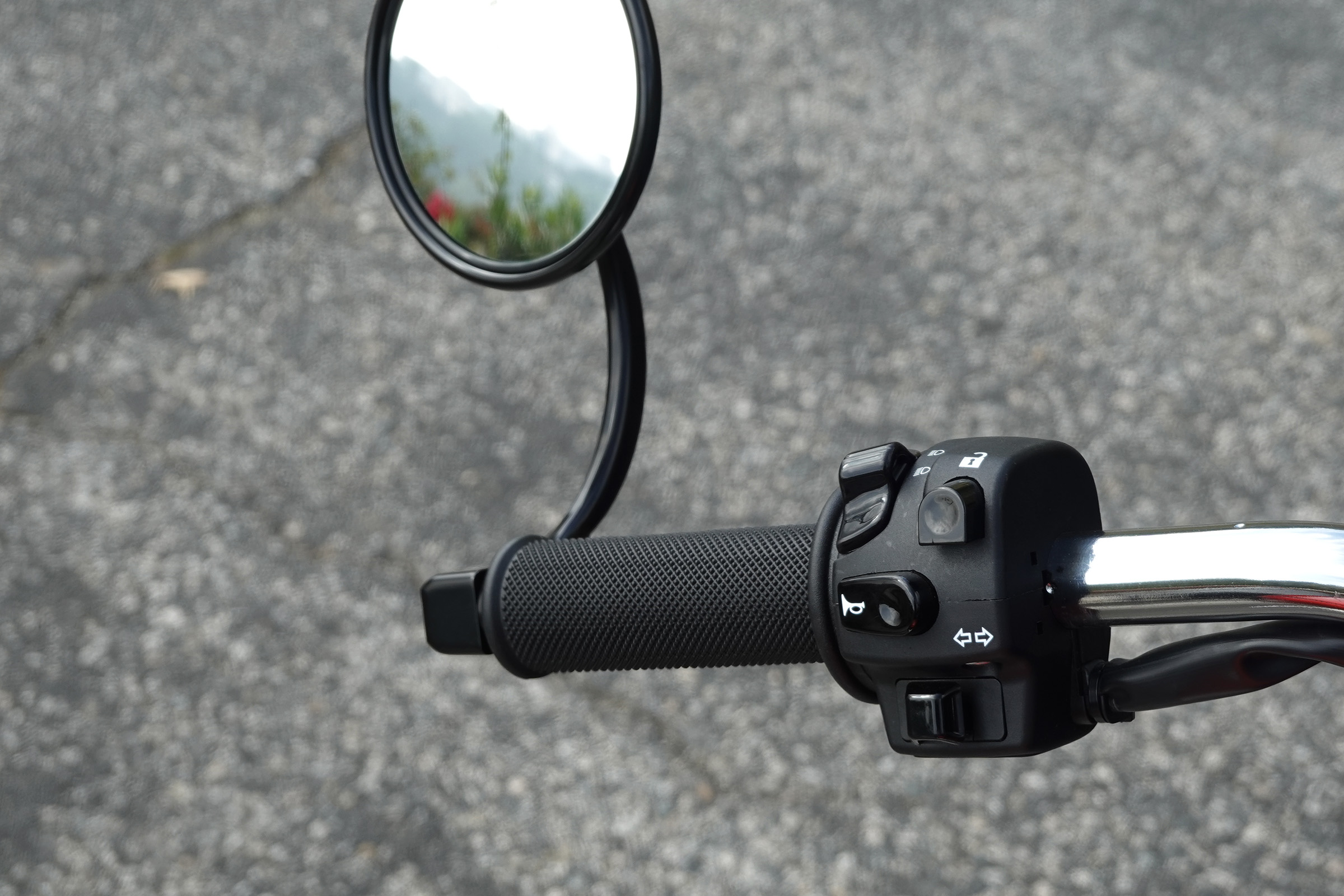
Adjusting to the Maeving RM2
The stop/start switchgear makes plain sense, and so does easily shifting between ride modes. The single gauge blends a mostly analog display with some simple digital readouts.
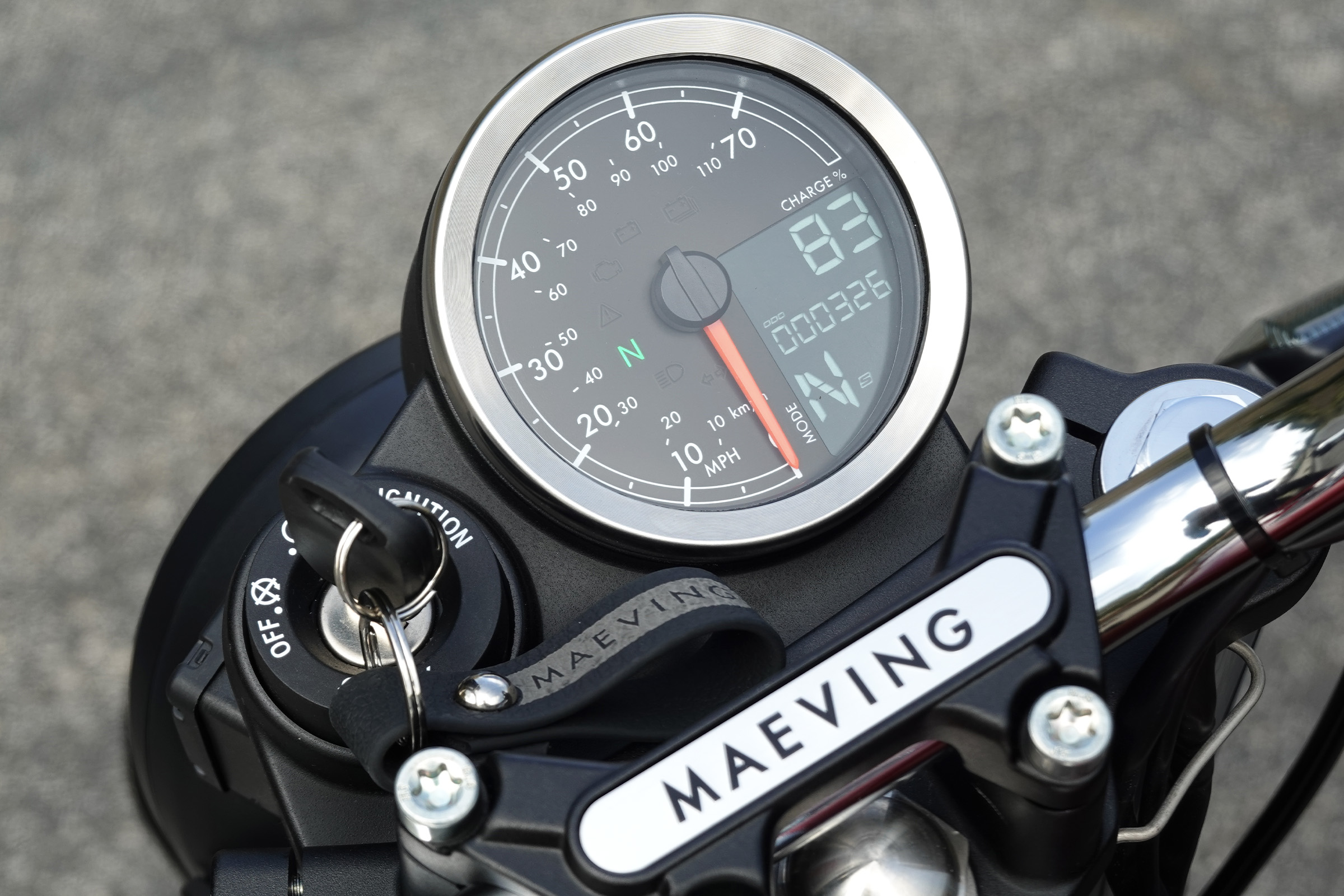
Even after my Ducati, the RM2 felt extremely light and maneuverable. Part of that comes down to the placement of the battery weight so low in the chassis. The narrow seat waist also created the sensation that a small wiggle of my hips might easily lean the bike over.
Many electric motorcycles try to knock your socks off with instantaneous torque. Instead, the Maeving builds into acceleration with smooth throttle response. The soft suspension allows for some tail squat, but mostly absorbs bumps well.
I jumped on the freeway quickly, and hit that 70-mph top speed almost immediately. Power petered off at that point, until I went into a supertuck to see how much aerodynamics come into play. Sure enough, then the RM2 slowly climbed up to a peak of 76 mph.
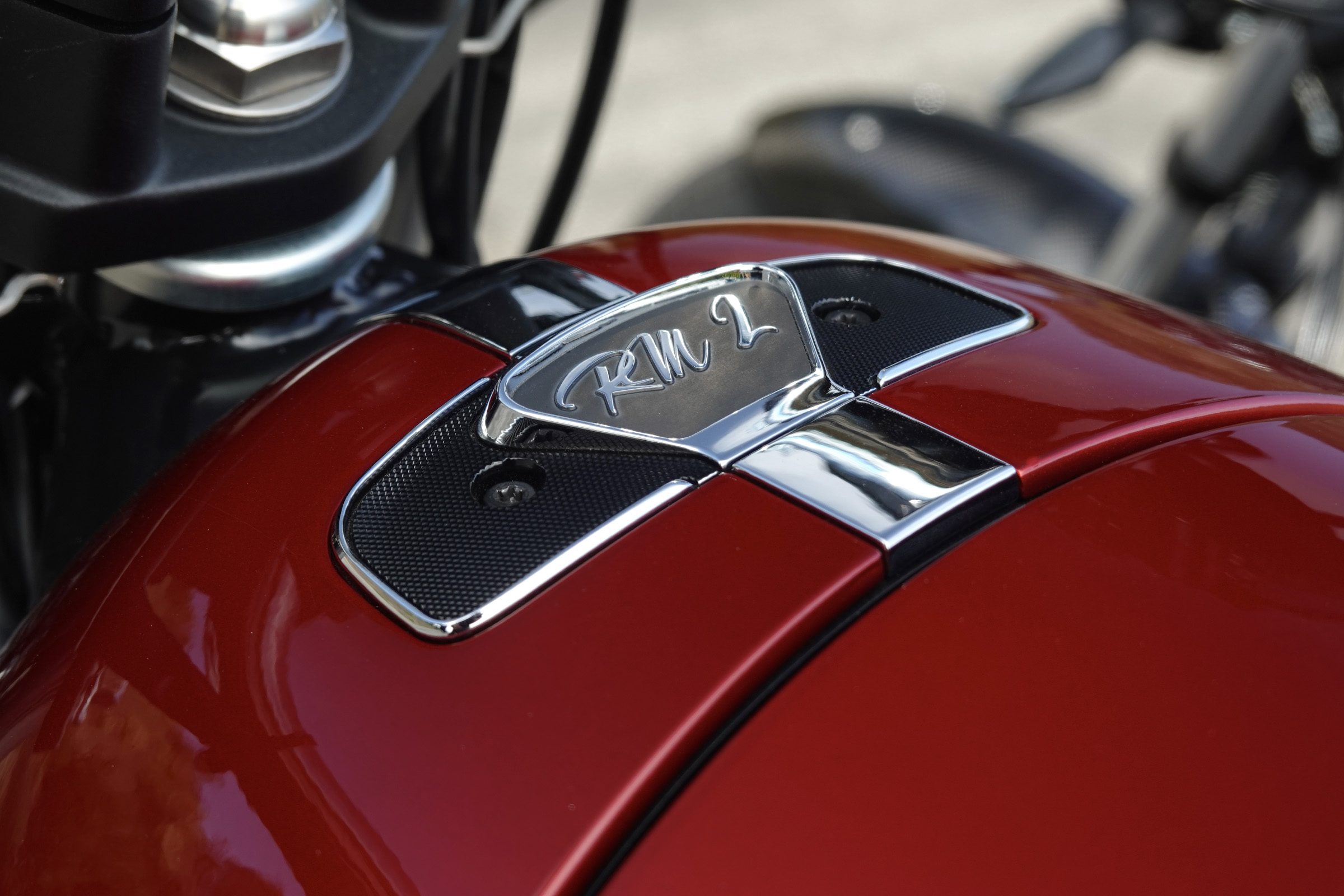
Doing top speed pulls ate up range fast, though, so I jumped down onto city streets to rip through traffic. I swapped into the eco modes, which not only limit top speed but also dull the acceleration. This increases the theoretical range, but I pretty quickly wanted Mode S again.
By 15 minutes in, I already loved this bike. Peppy off the line, the electric power works just fine. There’s no real traction control, but I never chirped the tires without purposefully trying to over a speedbump. Yet the chassis feels playful once I started to lean over more through corners, despite a sense of steadiness that belies the impressively low weight of 320 pounds.
Tires as the Biggest Question Mark
Up near Sunset Boulevard, I paused for some pics before I hit some twisties.
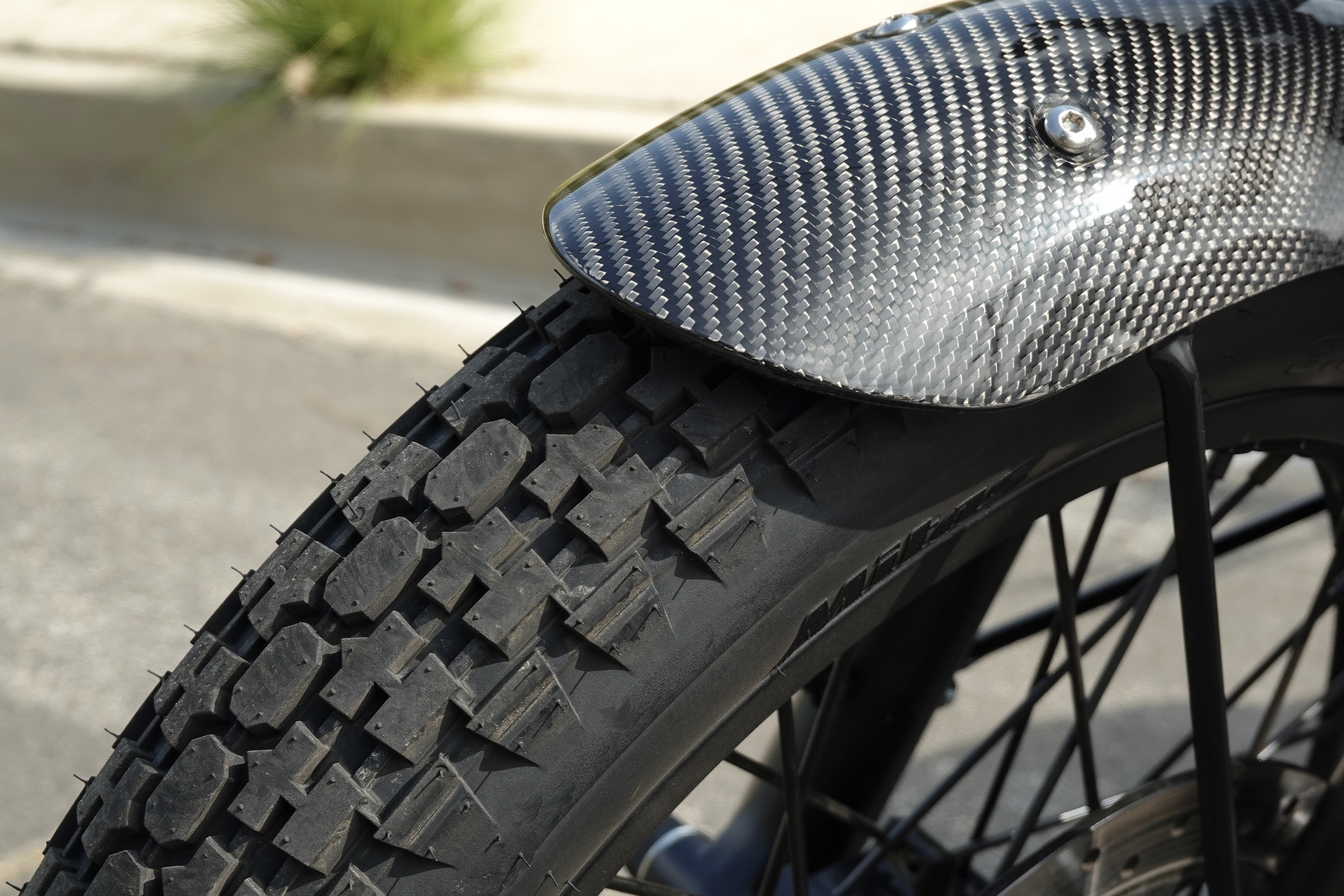
Tire choice stood out as my biggest question at this point, other than reliability and trust that can only play out over time. Sure, the retro-style Mitas rubber looks perfect for the design. But the tread pattern and square shoulders create a limiting factor while cornering. Of course, the RM2 never pretends to be a sport bike, and some squiggle only makes riding at regular speeds more fun in my book.
Meanwhile, I do dig the style. From the braided metal power cable to the tank and seat, plus the optional carbon fiber bits. As a note, the first 100 sold come with the full carbon accessory kit, or about $2,300 worth.

Another less obvious detail stood out after some time with the RM2, too. Namely, that the 8 L of storage in the tank hold the charger snugly, so it doesn’t rattle. This helps impart a sense of quality that the rest of the bike sometimes hits and sometimes misses. The majority of components feel solid, but the handlebar switchgear, mirrors, and suspension feel slightly less so.
That charger can plug into any 120V outlet, without needing some kind of specific inverter or plug type. Maeving claims a charge time for 20-80% of just under 3 hours. Or just swap in another pair of batteries.
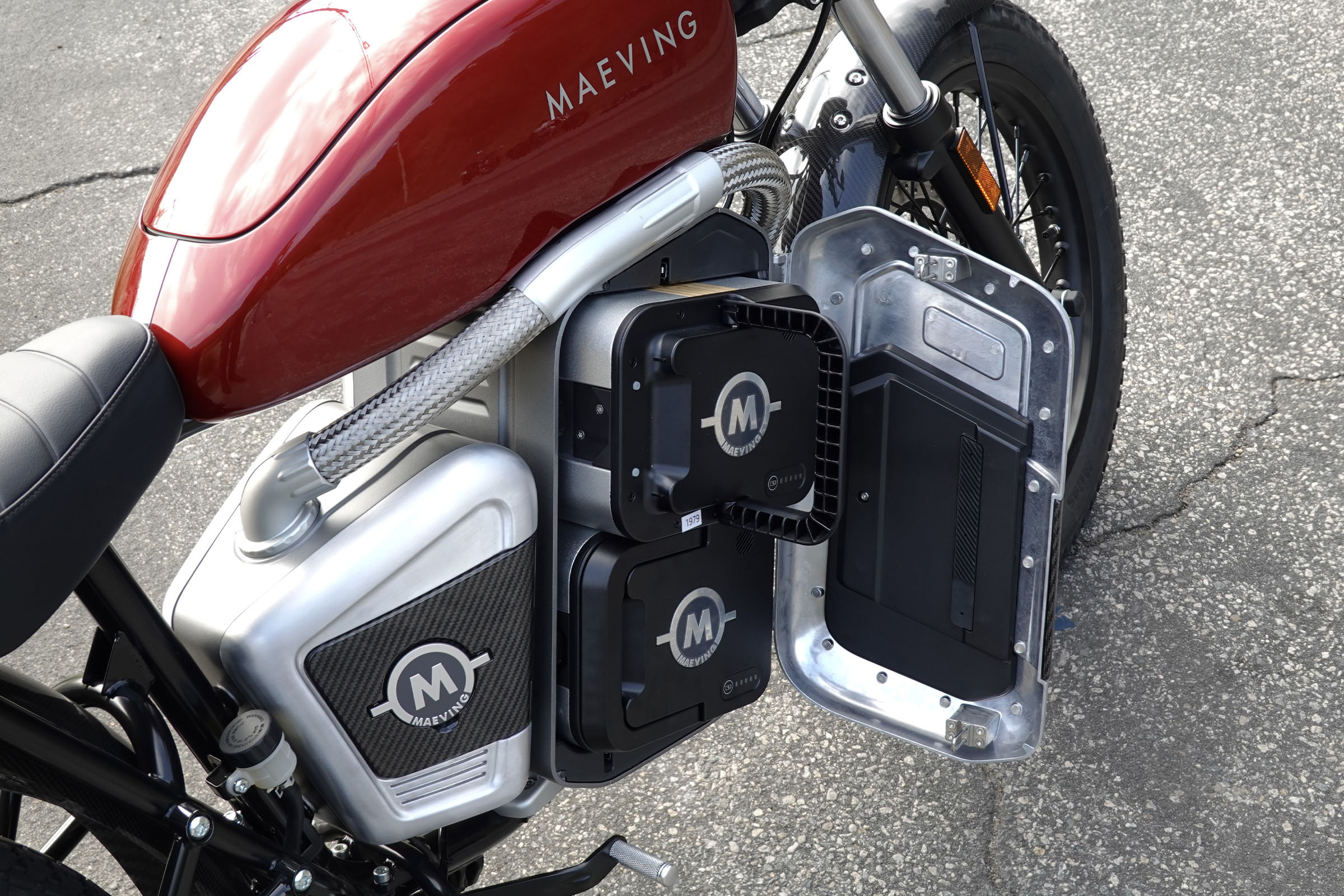
Maeving RM1S
I also rode the RM1S, and in truth, I preferred this sportier single seater. It feels a little quicker, at more like 280 pounds with both batteries, plus the geometry also imparts a more hooligan attitude. The seat rides 10 mm lower, and the bars feel lower and further forward.
The road cyclist in me enjoys that position, and I might even rotate the bars down even more on my own bike. The narrower rear tire also makes scooting around more fun, if not more stable and predictable.
The RM2 Satisfies a Crucial Market Position

That tradeoff between sportiness, weight, and stability came about on purpose. Maeving heard from customers that many wives were apparently killing preorders. So a two-seater with more of a traditional ride fits into the market better. And for a silent electric motorcycle, I suppose that makes sense.
RM2 Needs
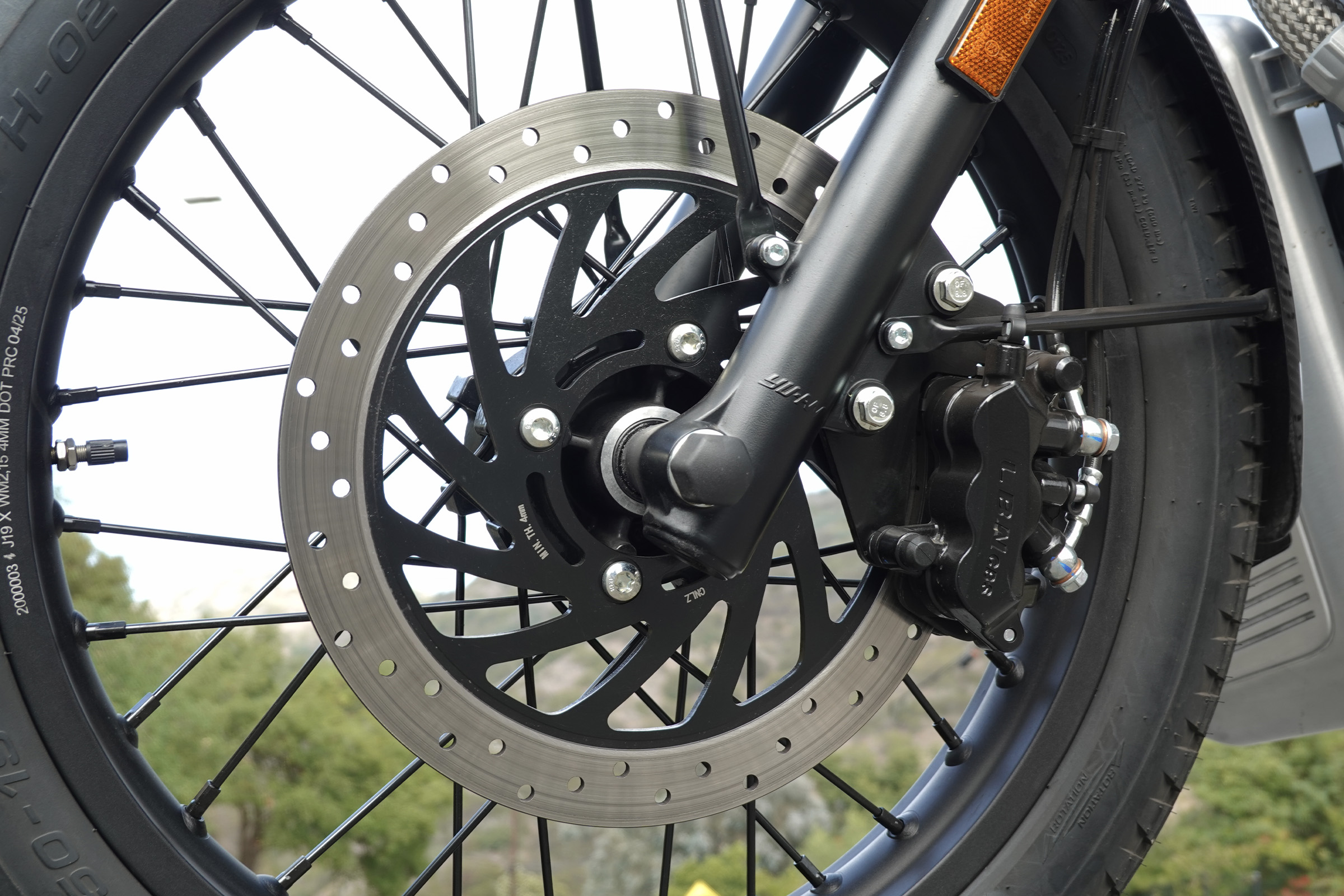
Personally, all the Maevings lack a few things I want in a bike. Namely, ABS for all-weather confidence. Both the RM1S with the smaller brakes and the RM2 with the larger brakes can haul down speed just fine. Again, because neither bike weighs too much. And I rarely ride in the rain. But if I went up to Malibu for a cruise, ABS in the case of little patches of pebbles would be a potential lifesaver.
Maeving also decided against regenerative braking, which makes coasting off-throttle smoother but also probably costs some additional miles of range. I’d also happily trade 10 miles of range for another 10 mph of top speed, just for occasional jaunts on the freeway or to get out of sticky situations.

The suspension could use adjustability for the forks, too. The rear K-Techs on my tester allow for setting preload, damping, and sag, but the standard setup only allows for adjustable preload. Obviously, I’m picky, but the suspension lacks refinement even for budget components.
Again, the whole point is to be able to just get on and ride. And minimal maintenance for electric motorcycles helps with that. Maevings come with a 2-year, unlimited mileage warranty. The company offers an extended warranty in the U.K., but apparently nobody in the U.S. has asked for one yet.
The first service interval is 6 months, to recheck torque specs and for any Diagnostic Trouble Codes (DTCs) in the ECU. After that, Maeving recommends a service every 3,000 miles or annually.
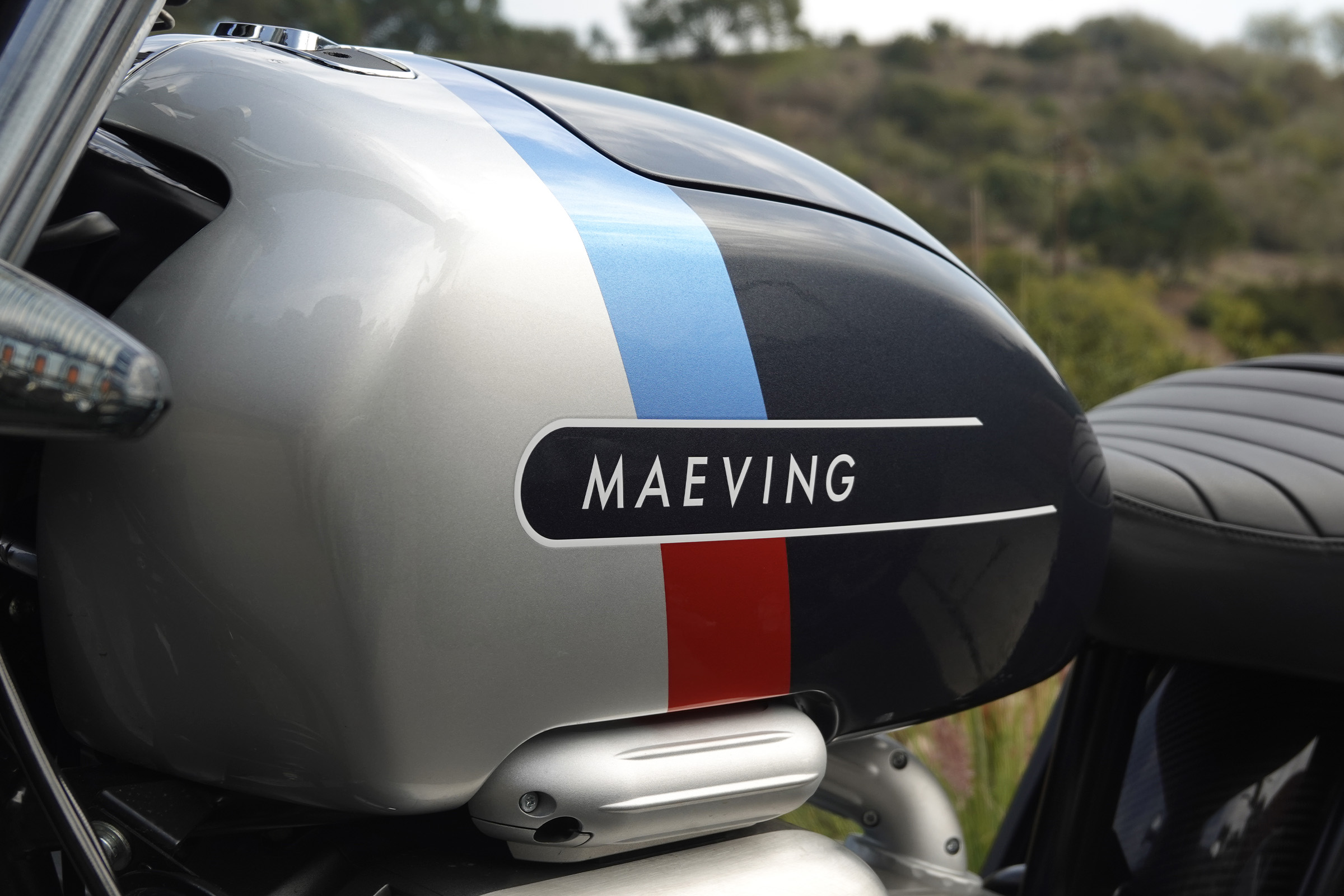
Maeving RM2 Review: Conclusions
Prior to riding the Maevings, my favorite e-moto truly surprised me. Harley’s LiveWire Alpinista S2 hits many of the same high notes as the Maeving, albeit with 20-40 more miles of range, a 99-mph top speed, and far more low-end punch. But the Alpinista S2 also weighs about 100 pounds more. And despite Harley cutting the pricetag by $4,000 this past August, it still costs more.
The Maeving name makes me think of “Look MA, I’m EV’ING” a little. But Maeving’s nimbleness, design, and simplicity take the cake. Every detail just seems so purposefully considered to make riding — and especially commuting — quick, fun, and easy.

Getting back on my Monster, sure, I can admit I still preferred having real power and the convenience of a gas tank, plus the stunning sound of Arrow exhaust on an Italian V-twin. But the bike just felt prehistoric after the Maeving, for better and worse.
I compared the jump to the joy of driving an air-cooled Porsche. But I wouldn’t want to commute to work in an air-cooled Porsche. Same goes for my Monster, with the heavy dry clutch action and brakes and sounds and smells…
By contrast, the Maeving perfectly captures a futuristic version of that old naked café racer style. And the rest of this stellar e-moto just becomes second nature almost immediately, too.
Read the full article here





